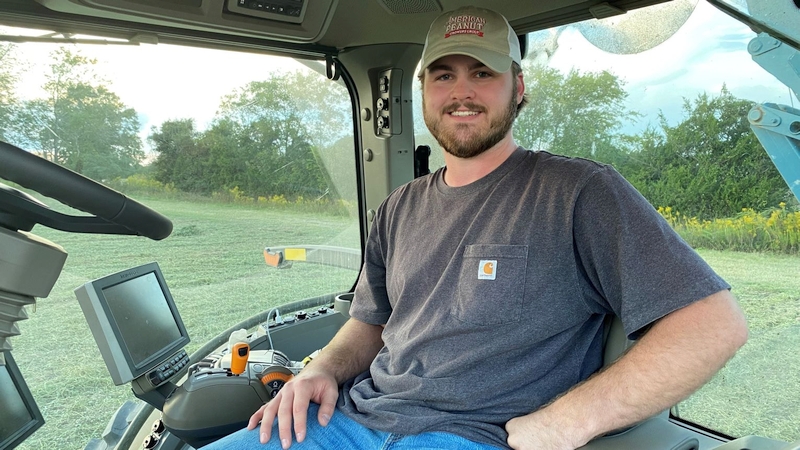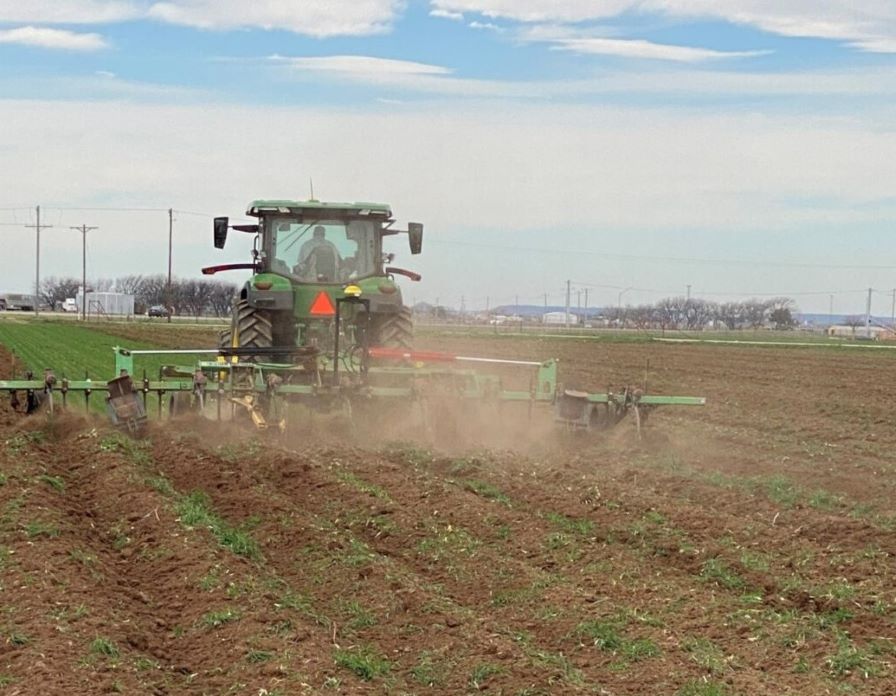Driving Cotton’s Unwavering Goal
The best news first.
As part of disaster legislation included in the bipartisan budget bill approved by Congress in the wee hours of February 9 – and quickly signed by President Trump – cotton’s status as a Title I commodity under the current Farm Bill was restored, making seed cotton now eligible for the ARC and PLC programs. And, in an appearance at the Mid-South Farm and Gin Show on March 2, Agriculture Secretary Sonny Perdue announced a renewal of the Cotton Ginning Cost Share program to help provide short term financial help to growers as 2018 production begins.
The good news?
Both the House and Senate Ag Committees have been hard at work, hoping to finalize the 2018 Farm Bill before the current 2014 bill expires at the end of September.
The realistic news?
Early-year legislative delays due to funding, immigration and other issues may continue to hinder efforts to bring other legislation to the Congressional floors. And, with mid-term elections coming later this year, the longer the debate continues, the more the window for a new farm bill begins to close.
“From what we’re being told, the chairmen of the House and Senate Ag Committees are very focused on trying to get this bill done in a timely manner,” says Reece Langley, vice president, Washington Operations for the National Cotton Council. “I really think we’ll see a bill move through both committees – if not by the end of the first quarter this year, then later this spring.”
But Langley is also keeping a wary eye on the potential impact of the mid-term elections on farm bill debate and approval.
“If the new farm bill is not approved before Congress breaks for the elections – and also depending on how the elections turn out – we may very likely be looking at an extension of the current Farm Bill for at least one year,” he cautions. “Now that we’ve been successful in getting cotton back into Title I, an extension is not as problematic. We’re inside the safety net, but we also think there are some other things that need to be done to try to improve cotton policy. Those will have to happen within the new farm bill debate.”
Money and Politics
Regardless of the timing of the farm bill debate, Joe Outlaw doesn’t believe the new legislation will change things dramatically. The reason, he says, is that everything this time is revolving around money.
“We haven’t done that much behind-the-scenes analysis this time as opposed to other farm bills,” states Outlaw, Extension economist with the Texas A&M University and co-chairman of the university’s Agricultural and Food Policy Center. “That tells me they don’t have the money to change very much.
“There are 12 categories of spending in the current Farm Bill, but most of the money is tied up in only four or five of them. I want people to understand that funding for commodity title, conservation and crop insurance – compared to our national budget for fiscal year 2018 – is one half of one percent of that budget. Based on what we spend on other things, it’s nothing.”
Outlaw likes the newly-approved seed cotton policy, but warns that politics are still at play.
“My answer has always been get cotton back in before the Farm Bill, and you’ve solved most of the problems,” he says. “This option is a no-cost bill to the government. It’s not exactly perfect, but it gets cotton back in, and then you can fix it later in the farm bill.
“But, not everyone loves cotton,” he adds. “There are certain groups that, over the years, don’t like the fact that cotton has been very strong politically. If there are problems, it will have more to do with politics than anything else.”
Outlaw remains optimistic about the new farm bill.
“We have the right people in place who know how to get the bill done,” he states. “If the farm bill comes to the floor, it’s going to happen in a hurry, and I think it’s going to be very close to what we have now.”
He also cautions growers to take a look at all of the options now available for cotton.
“If growers don’t pick ARC or PLC, they’ll be put in PLC, which is not a bad thing for this program,” he says. “And if they pick one or the other, they won’t be eligible for STAX. But the price movement that’s going on now might make STAX more attractive in the future. It may be worth looking at.”
From Cotton Grower Magazine – March 2018









